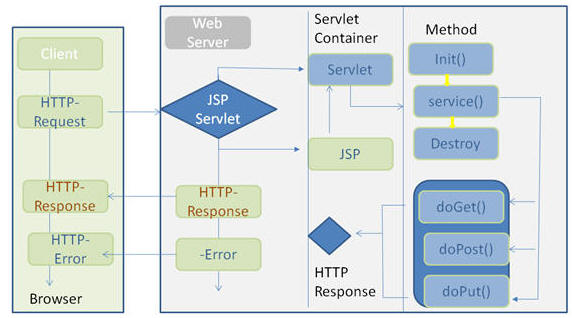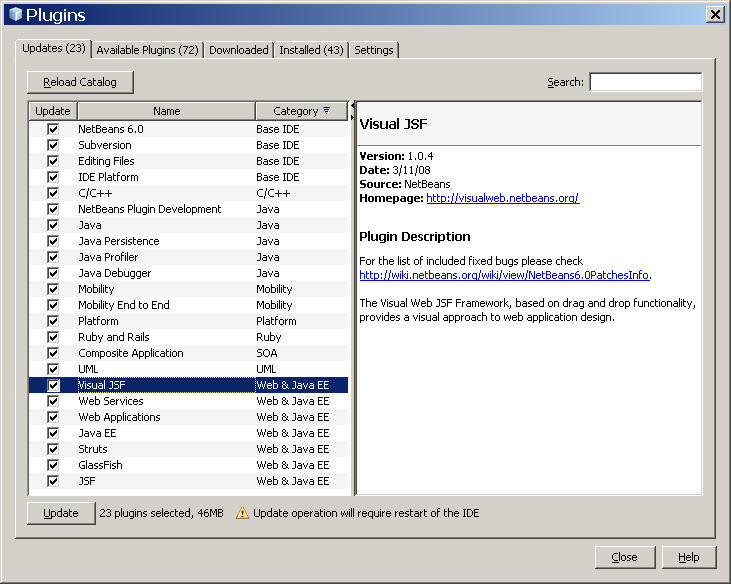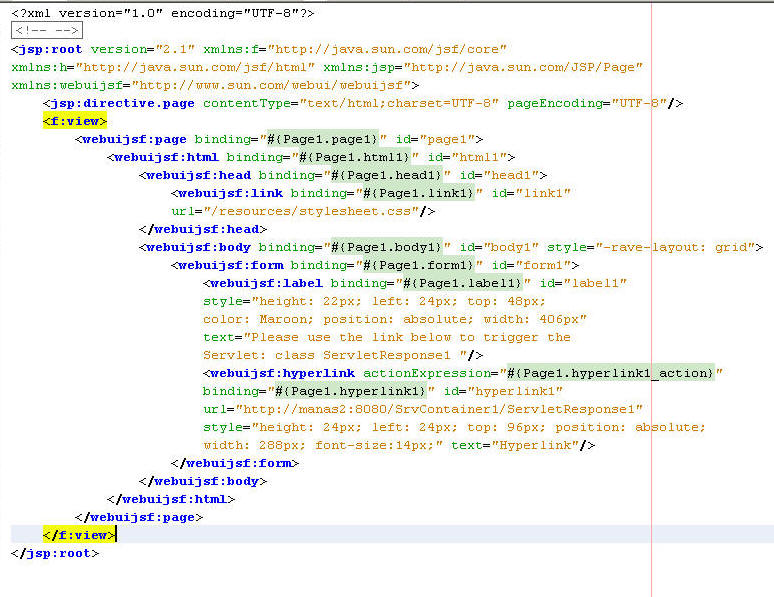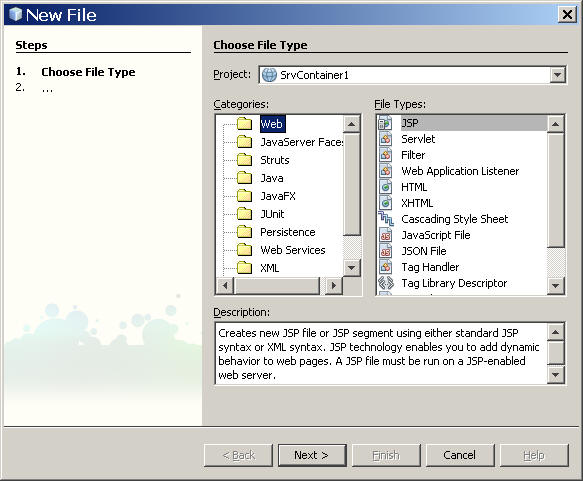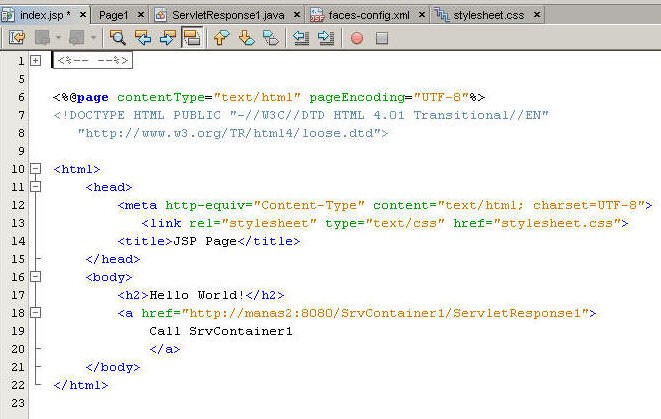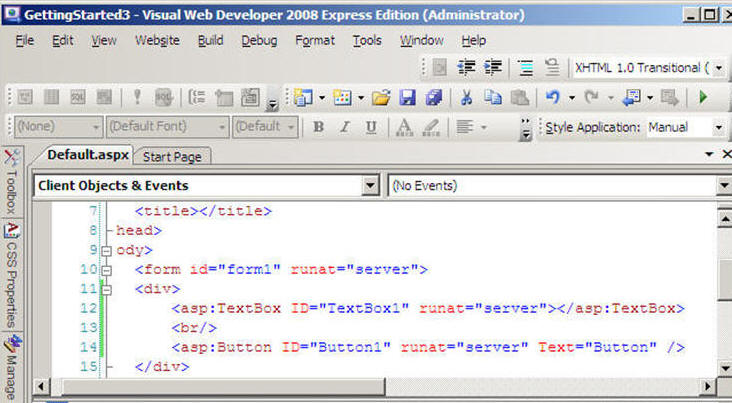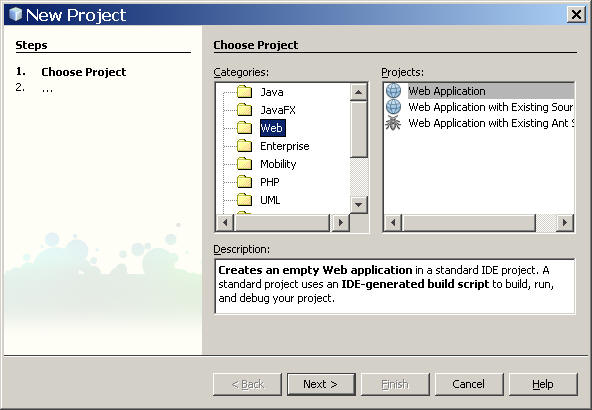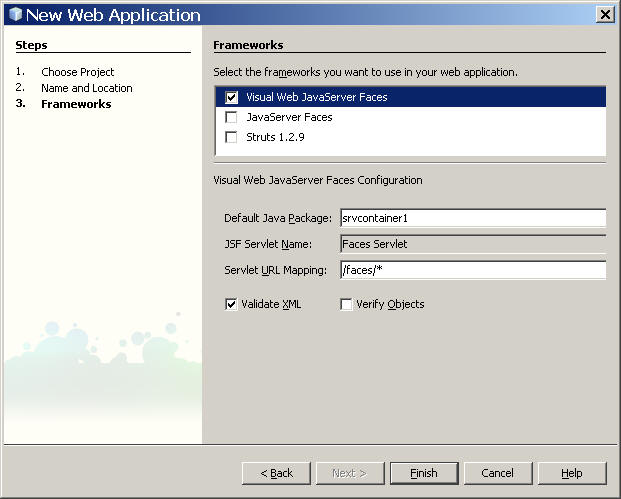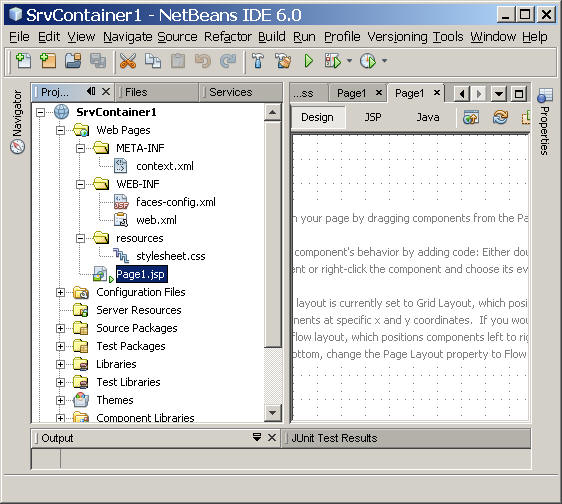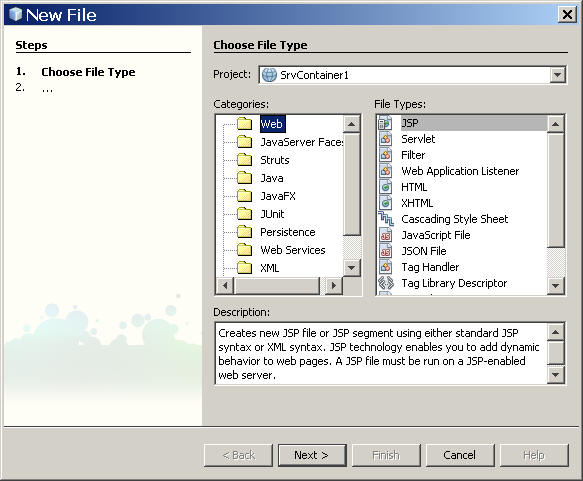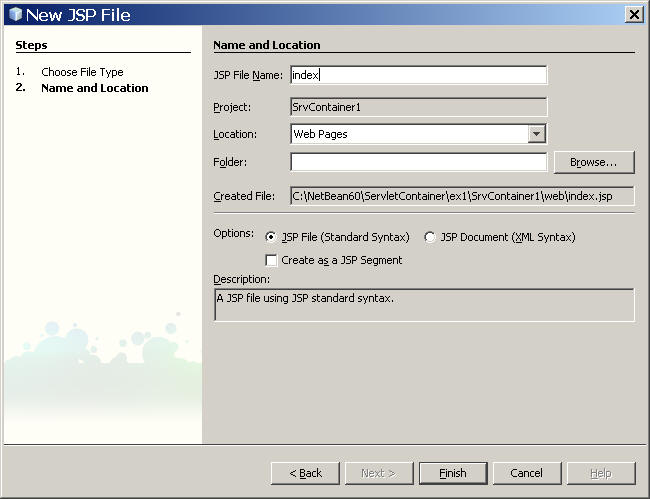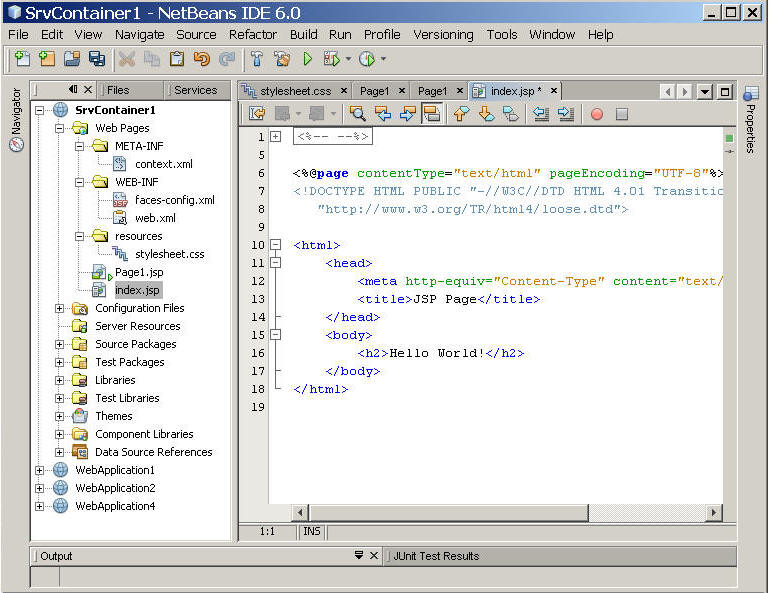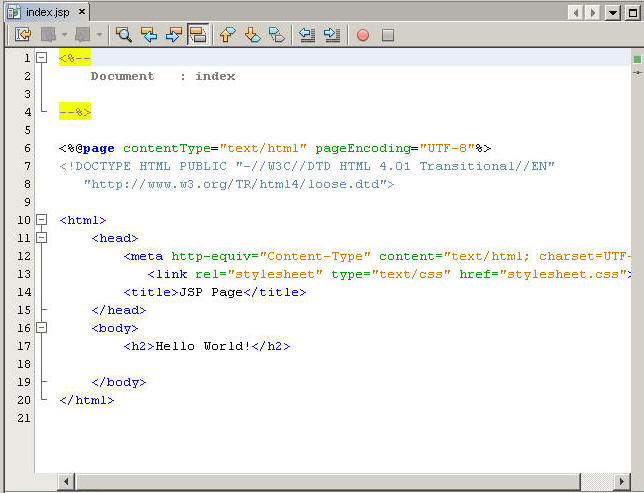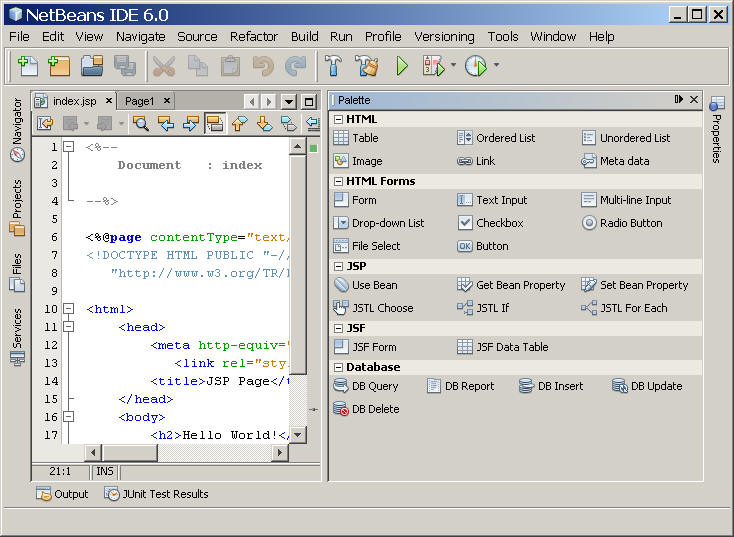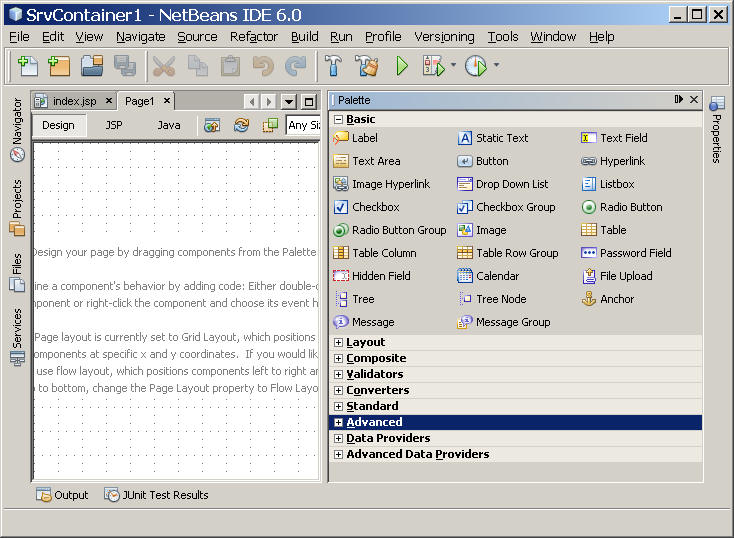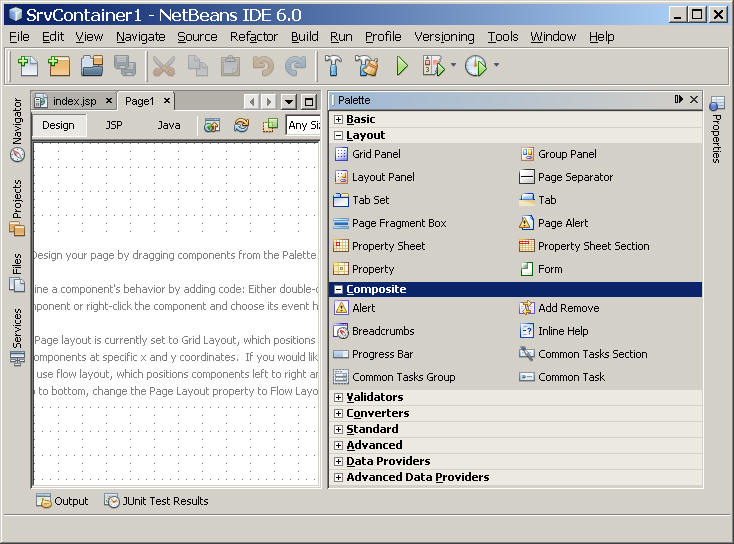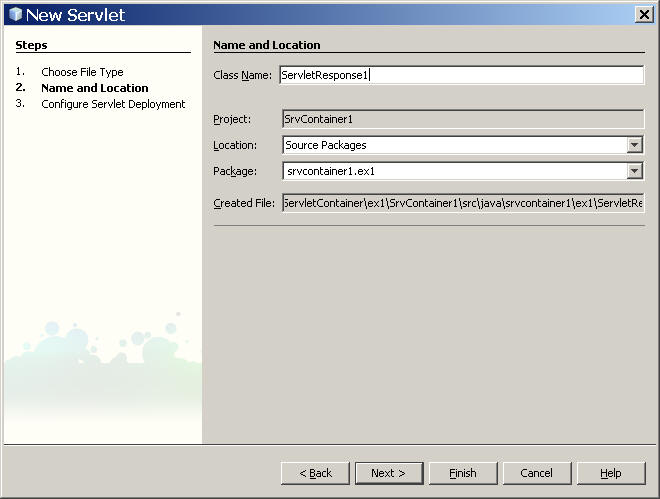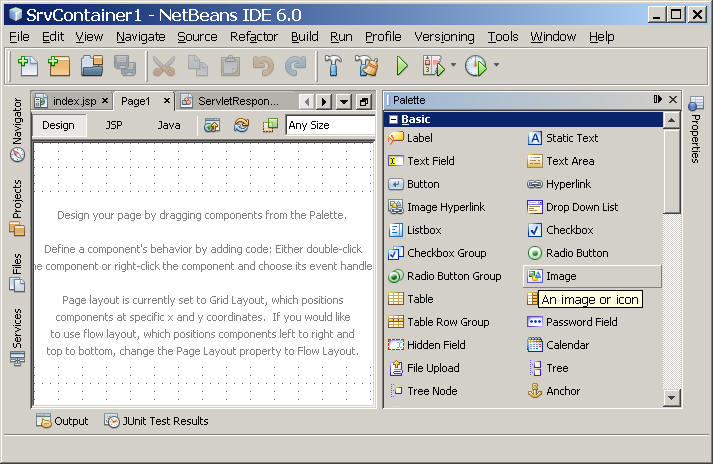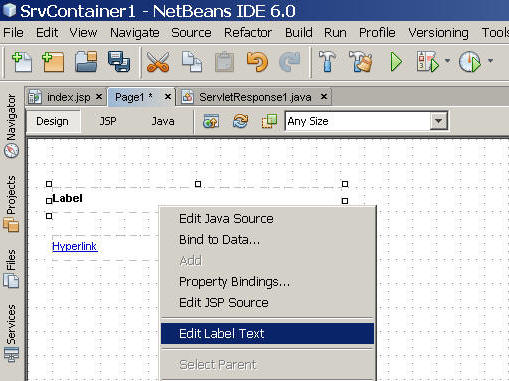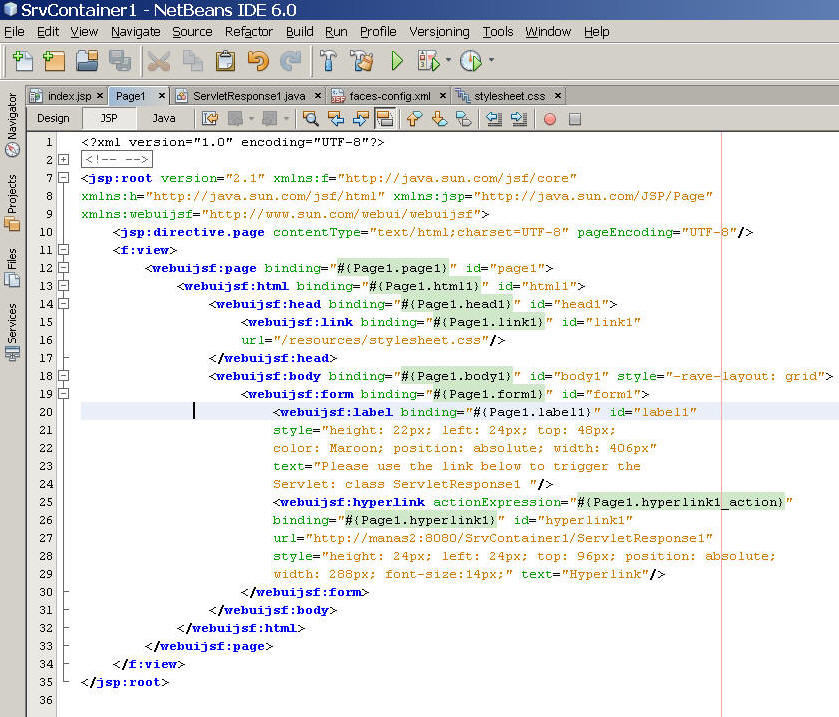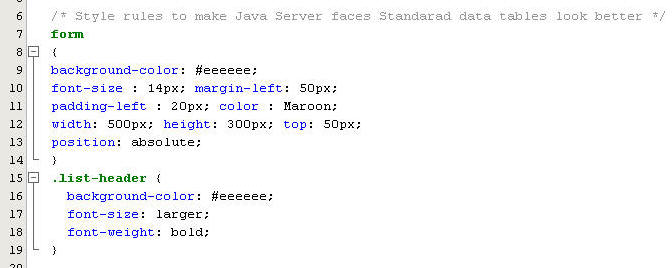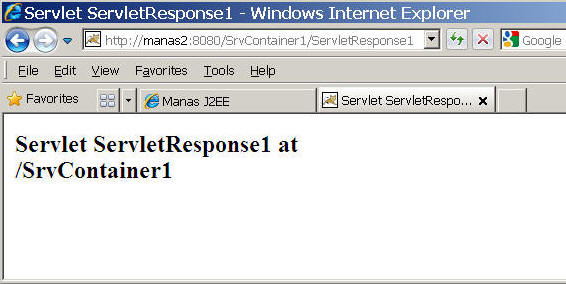Front-Page my templates (JEE)
Objective
- End of Visual JSF with NetBean 6.8
I know you would miss me; I was bit shaky with in those updates
- Therefore unlike ASP.Net , n
- comparing Java Server Faces (JSF) with Java Server Pages (JSP)
- Java Servlet Current Stand Point : Can we still shake hand
- View Codes :
Read more about Java Server Face and Servlet at http://download.oracle.com/docs/cd/E17410_01/javaee/6/tutorial/doc/bnafd.html
Step: 1 Servlet Retrospectives :
Looking back To Servlet
Step : 1.1: With NetBean 6.0 and Tomcat 6.0 combination
Below shows the downloaded additional plugins
- Visual JSF : http://visualweb.netbeans.org/
Step : 2 Understanding JSP and JSF in ParallelCreating Servlet series using Java-Server-Faces or JSP
- Event handling is done differently in JSP (HTTP) and JSF (Java)
- With JSP we use mark-up and should be run in JSP enabled server
- JSF in contrast would use prebuilt components, like aps.net
- If you are in this vacuum here are some key points promoting JSF:
1. Fundamental unit is the Component
2. Built in event and state management
3. Component sets can be provided by any vendor
4. Closer to ASP.Net or Swing development
5. Choice of UI technology
6. Scale up (rich clients)
7. Scale down (mobile devices)
8. Built into J2EE containers in J2EE 5.0 (tentative)- See in this link NB_WebApplication3.htm
- Java Server Faces (JSF) = quick view with NetBean 6.0
- Quick Look at (Java Server Pages) JSP : is more of HTML
Coding type in Java Server Pages
Below shows the ASP.Net Control
Step: 3 Example : Create a new web-application-project
First look of Page1.jsp
Now let us Create a JSP page and a Servlet page
Path : C:\NetBean60\ServletContainer\ex1\SrvContainer1\web\index.jsp
First look of index.jsp
Note the differences
Step: Showing Palette
The mark-up available with JSP pages
Controls available with JSF, the scope of these controls are almost endless and be discussed in context of Java Server faces
Step: Add a Servlet to this page
The above action will generate additional folders, as indicated with the package name
C:\NetBean60\ServletContainer\ex1\SrvContainer1\src\java\srvcontainer1\ex1\ServletResponse1.java
Now Click Next on the wizards pane
Note the imported api (If you are anxious to see the code follow the ink ServletResponse1.java.txt
parameters requested
Unmark the comments, compile and run http://localhost:8080/SrvContainer1/ServletResponse1 ( the same computer ); for the intranet users http://manas2:8080/SrvContainer1/ServletResponse1 to runt the Servlet.
Step: Back to JSF and JSP containers
Adding a Label and Hyperlink Page1.jsp
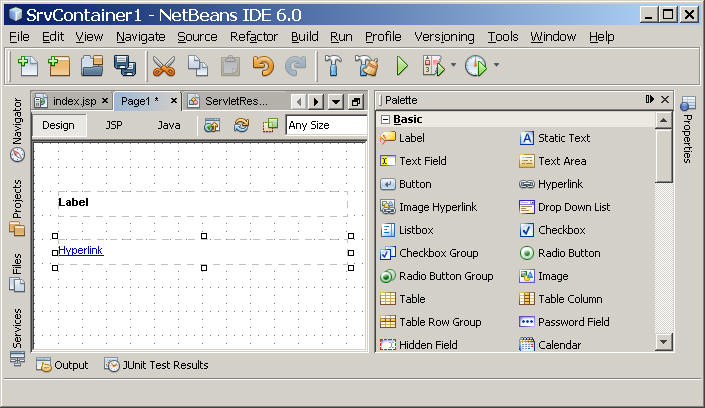
Now Let us edit the label Test
We would cover the controls with all details, here just to compare Java Server Faces, Java Server Page and (not forgotten) Servlet, visually, the code in Java Server Face Pag1.jsp was edited,; as shown below.
Style-sheet used
Now let us Run again http://manas2:8080/SrvContainer1/ or
That will load ServletResponse1 , as shown below.
Pag1.jsp is default page over index.jsp ; you have to call sepecifically
http://manas2:8080/SrvContainer1/index.jsp
<%--
Document : index
--%>
<%@page contentType="text/html" pageEncoding="UTF-8"%>
<!DOCTYPE HTML PUBLIC "-//W3C//DTD HTML 4.01 Transitional//EN"
"http://www.w3.org/TR/html4/loose.dtd">
<html>
<head>
<meta http-equiv="Content-Type" content="text/html; charset=UTF-8">
<link rel="stylesheet" type="text/css" href="stylesheet.css">
<title>JSP Page</title>
</head>
<body>
<h2>Hello World!</h2>
<a href="http://manas2:8080/SrvContainer1/ServletResponse1"> Call SrvContainer1 </a>
</body>
</html>

Step:
Step:
Step:
Step:
Step:

